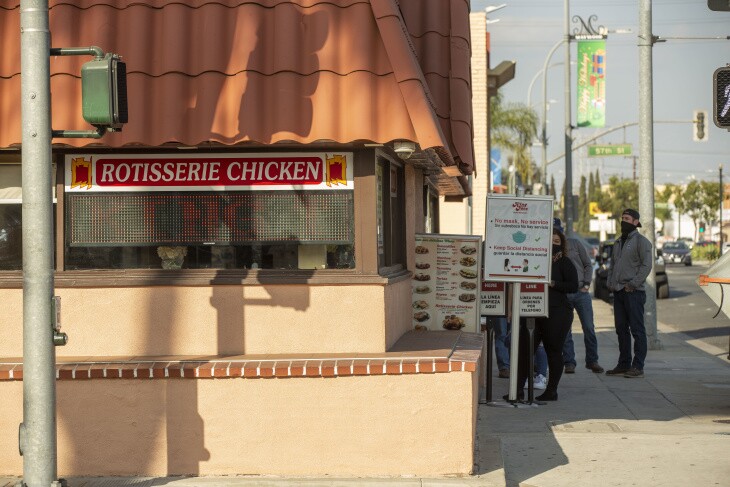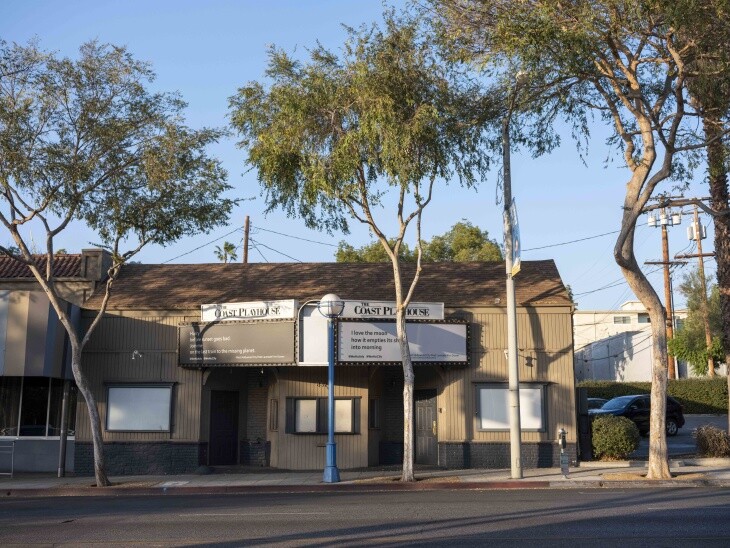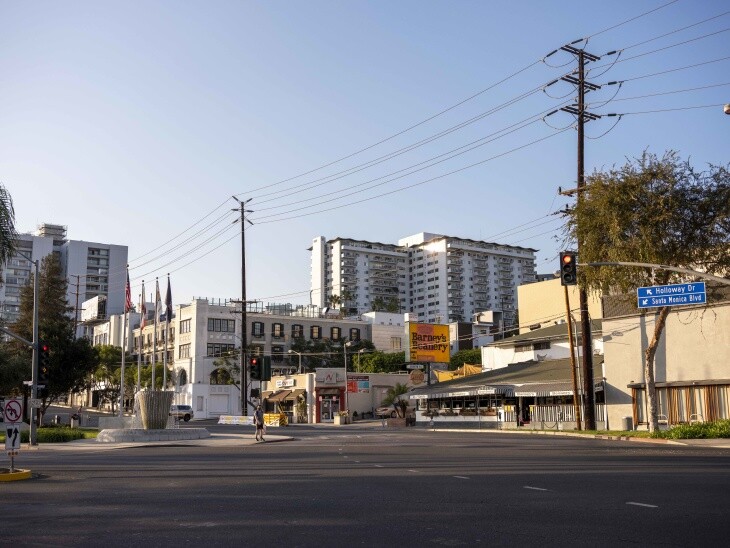Covid Is Everywhere, but Federal Pandemic Relief Cash Flowed Mostly to Big Cities
The following article was originally published Dec. 11, 2020, and republished through a collaboration with KPCC and LAist.
Story by Sharon McNary
Across Southern California, cities are spending hundreds of millions of dollars to help people get through the pandemic. Money is going to pay utility bills and rent, feed families, and help businesses keep the doors open. It's also backstopping stressed local government budgets in some places, and paying for coronavirus testing in others.
Relief was supposed to come from California's allocation of federal CARES Act money. But the mayors of 60 cities are complaining that the way the money was divided meant their communities didn't receive a fair share.
They've signed a protest letter, from the California Mayors Coalition to Governor Newsom, asking for a larger share of the money.
ALL ABOUT SIZE
When it comes to distributing CARES Act funding to cities, city size is all that matters.
For example, ginormous Los Angeles got $173 per resident, and mid-size Long Beach got $85 per person.
But most small-to-medium size cities like Maywood, West Hollywood and Santa Clarita got only $12.28 per resident.
The reasoning behind that decision - made quickly as the pandemic hit - was that larger cities would be the primary agencies responsible for responding to large-scale effects of the virus, and so should receive more money.
But the disparity makes no sense to Maywood Mayor Eddie De La Riva. The city's largely Latino population of more than 27,000 has had the second-highest rate of Covid cases in the county, he said.
"A lot of our residents are on the front lines and have either fallen ill or have lost their jobs or had their hours cut back because they're in the service industry," De La Riva said. "They work in the warehouses. So when the economy went down, a lot of them lost their jobs."

The city has spent money helping renters who've lost incomes keep up on rent and utility bills. It's ramped up the reach of local food bank and meal delivery programs. It's helped small businesses like restaurants adapt to new health requirements and stay open.
A lot of money for a city like Maywood. But it's only too clear to De La Riva the size of the difference between his city's $12.28, and L.A.'s $173.
"That's a huge discrepancy, that's a large gap," De La Riva said. "And it's really unfair to smaller cities who have the same amount of needs or even greater needs."
In total Maywood will get nearly $345,000. But, says De La Riva, it's not enough to meet all the expenses the pandemic has created.
"We're going to have to open our parks. But we don't have the funding to have someone, for example, come out and disinfect them on a regular basis," he said.
GIANT, LARGE, MEDIUM AND TINY: WHO GOT WHAT
The $2 trillion CARES Act that Congress approved in March created a Coronavirus Relief Fund of $150 billion to help state and local governments deal with unexpected expenses stemming from the pandemic.
California received a total of $15.3 billion, including $6 billion sent directly to cities and counties with over a half-million population.
After lobbying by smaller cities, the Legislature carved out $500 million to go directly to them, which was further split into $225 million for seven large cities (like Long Beach) and $275 million for hundreds of smaller ones
This led to four size categories: giant, large, small-to-medium and tiny.
- Los Angeles, San Diego, San Francisco, Fresno, Sacramento and San Jose, all with a population of more than 500,000. They did very well - Los Angeles, for example, got nearly $173 for each of its four million residents.
- Large cities with populations between 300,000 and 499,999 divided up $225 million, about $85 per person. Those cities included Long Beach, Anaheim, Bakersfield, Oakland, Riverside, Santa Ana and Stockton.
- More than 400 remaining cities across California, all smaller than 300,000 population, divided up $275 million, with most getting about $12.28 per person.
- Because no city received less than $50,000, tiny Vernon ended up with $168 per person. Industry, with 427 residents got about $117 per person. Bradbury, with just over 1,000 residents, got about $47 per person.
WEST HOLLYWOOD'S EMPTY BARS
West Hollywood was one of the cities that received just over $12 per resident, totalling about $450,000. But it has spent more than $3 million to deal with the pandemic, according to Mayor Lindsey P. Horvath.

Its economy has been hit hard, suffering heavy losses from closures and restrictions that have hurt retail, restaurants and tourism. Taxes from those sectors support the city budget.
The shutdown of travel to the U.S. from Australia has kept a big portion of the city's tourists away. Some 3.5 million Australian visitors would normally pack the 2-square-mile city's restaurants and hotels each year.
"The state has given us a fraction of what would have come to our city, based on our population," Horvath said.
The majority of the city's assistance to its residents is being spent on social services including rental, food, transportation, and legal aid for renters and other services, Horvath said.

TRASH ON MALIBU'S BEACHES
Malibu has faced a different pandemic problem. It has 27 miles of scenic coastline including famous beaches.
Malibu Mayor Mikke Pierson said the city was monitoring beach crowds, cleaning up more trash than usual and coping with a larger population of homeless people.
"Homelessness is overwhelming right now," Pierson said. "With all the people living in vehicles and sleeping outdoors, it's just, like every city, we're struggling to deal with that effectively."
He's also unhappy with the distribution of money.
"The idea was that the larger cities would then help out some of the smaller cities. But that's not what cities are seeing on the ground," Pierson said. "It's just a huge discrepancy between the amount of money that came out of the CARES Act depending on the size of your city. And a lot of small cities are really suffering."
Malibu has been continuing to recover from the Woolsey Fire which burned 488 homes two years ago. The city recently received $13 million in a legal settlement from Southern California Edison over the Woolsey Fire, and that helped cushion the city from having to cut staff.
SANTA MONICA LAYOFFS
Other cities, like Santa Monica, have had to cut deep into their ranks. That city lost sales tax and hotel taxes from the drop in tourism, parking revenue from beach closures. In May, the city issued layoff notices to more than 300 city employees and cut its 2020-21 budget by 23%.
The League of California Cities' position is that any future coronavirus aid from the state or federal government should take more than just population into account.
"We need to adjust the way we're going to provide direct assistance to cities that take into account the realities of their funding losses," said legislative representative Nicholas Romo.
"That includes how their budgets are constructed, whether they're tourist towns, and what the impacts to the local economy are."





